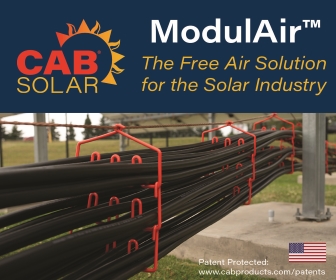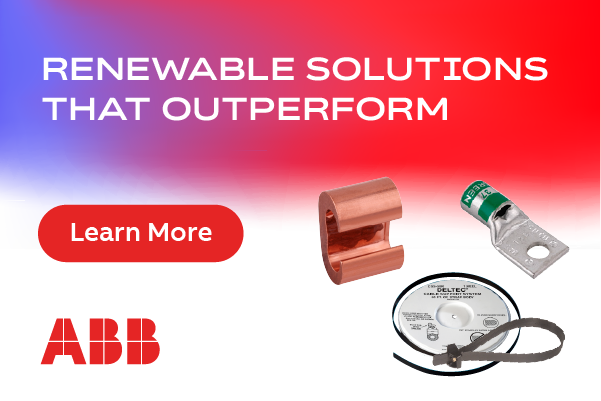How to Use Façade and Roof to Generate Solar Energy?
Active and passive solar systems integrated into building envelopes are key to combatting climate change. But the potential remains largely untapped because architects and building developers are not familiar with the multifunctional solutions that require plumbing or electrical wiring in the façade or in the roof. This is why researchers within the IEA Solar Heating and Cooling Programme (IEA SHC) created an online Building Integrated Solar Product Gallery. It includes photos, technical description and a SWOT analysis of 30, highly innovative solutions from around the world.
The sector of building-integrated solar technologies embraces a broad range of products - photovoltaic modules, air heating façade elements, water-driven solar thermal collectors, PV-Thermal elements, motorised shadings or electrochromic windowpanes.
.jpg)
"The online product gallery illustrates prefabricated, multifunctional solutions that move space heating, cooling, and ventilation as much as possible into the building envelope, thus to speed up the construction process" says Roberto Fedrizzi, Coordinator of the international research platform Building Integrated Solar Envelope Systems within the IEA SHC which is the initiator of the Solar Product Gallery. His Italian institute EURAC Research developed a metal and glass curtain wall façade module for tertiary premises that can integrate a solar thermal collector plus small-size water storage and a radiant panel.
New materials are also driving product innovation - for example, high efficiency polymers used to produce absorbers of solar thermal collectors in Norway or new light shifting species of semi-transparent PV solutions from Ireland. Even though the focus is on mass-market solutions, the Solar Product Gallery likewise includes some custom-made and laboratory-scale products. Under development in Sweden e.g. is a hot water producing panel composed of two welded stainless-steel sheets which allows a high flexibility in the size and shape.
SWOT matrix illustrates strengths and weaknesses
The gallery introduces each product with a photo and a headline. By clicking on the photo you land on a subpage that includes a detailed product description also considering non-technical issues such as aesthetic, architectural integration and customer acceptance. The major content is the SWOT matrix, a table that identify strengths (S) and weaknesses (W), as well as opportunities (O) for growth and threats (T) created by external stimuli.
"We have developed the SWOT matrix for each product or prototype in close cooperation with the technology providers or developers", explains Fedrizzi. "SWOT is a method, whose aim is to increase awareness of potential and critical issues that could have an impact on the success of a product in the market."
The Building Integrated Solar Product Gallery includes 30 technologies from eleven different countries divided into three categories:
- The first group is titled Solar Energy Harvesting Systems. It includes an air heating solutions from Canada consisting of unglazed solar collectors and coloured building integrated PV panels from Italy or Switzerland that better match the architectural design of the building. A concrete storage solar absorber from Austria can be integrated into a façade element directly at the point of hot water consumption in the building.
- The second group are Solar Gains Control Systems which contains switchable windows from Germany that can change transparency between clear and opaque state within seconds or a sun protection grid as well from Germany that can be embedded in the cavity between the glass panes to block direct solar radiation, but let diffuse daylight enter the interior.
- The third category are Hybrid Solar Energy Systems. Here you find a smart, fully transparent window from the Netherlands that is capable of generating clean electricity and collecting environmental data.
Dark green SolarWall collectors from Canada on three walls of a bus garage in New York City. The façade consists of perforated metal panels that heat air used for ventilation and heating. Photo: Solarwall
Building Integrated Solar Envelope Systems is one of several international research platforms that are currently running under the IEA Solar Heating and Cooling Programme. Around 300 experts from 19 countries plus the European Commission and seven organisations cover a wide range of topics from future storage tank concepts to new PV-Thermal solutions in HVAC systems.
Find the Building Integrated Solar Product Gallery at: https://task56.iea-shc.org/product-gallery
IEA Solar Heating and Cooling Programme | https://www.iea-shc.org










.png?r=3254)

